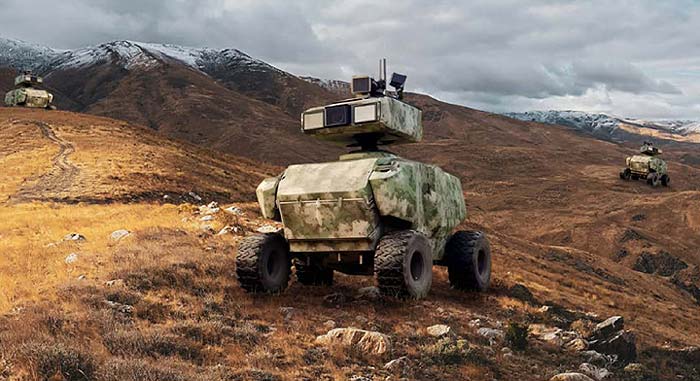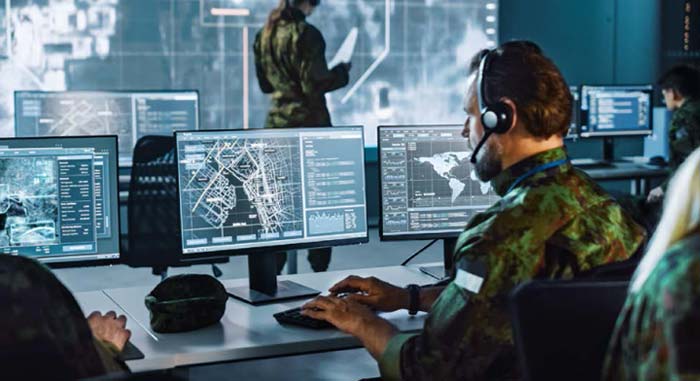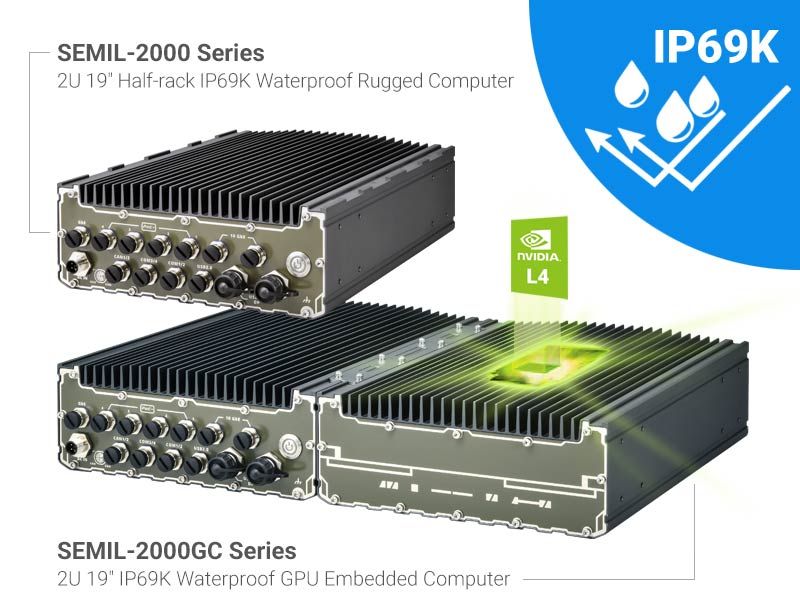Overview

A defense autonomous data logger/analytic vehicle in the battlefield is a sophisticated system designed to collect, process, and analyze critical data in real-time, enhancing military operations. These vehicles, often equipped with advanced sensors, cameras, LIDAR, and other cutting-edge technologies, autonomously navigate the battlefield terrain, gathering diverse data such as environmental conditions, enemy movements, and friendly troop positions.
They serve multifaceted roles, including intelligence gathering, threat assessment, and logistical support. By employing AI-driven analytics, these vehicles rapidly process incoming data, identifying patterns, anomalies, and potential threats. They contribute to situational awareness by generating actionable insights, aiding commanders in decision-making.

Their autonomy minimizes risks to human personnel, enabling them to venture into hazardous zones and relay information remotely. Additionally, these vehicles can collaborate with other defense systems, forming a networked environment for comprehensive battlefield analysis and response.
The data collected aids in optimizing troop movements, directing resources efficiently, and identifying strategic advantages. Overall, these autonomous data logger/analytic vehicles significantly enhance the military's operational capabilities, offering a proactive and informed approach to combat scenarios.
Challenges
When deploying a computer for operation in a defense autonomous data logger/analytic vehicle, we may run into the following challenges:
- Connectivity to various sensors/ cameras:for to capture surrounding environmental data, and identify objects on the field. And these data need to be fed back in real-time to be analyzed for on-field decisions.
- Thermal management for consistent high performance: The vehicle receives vast amount of data from a plethora of sensors, cameras, and communication systems. It is constantly processing and computing data received in real-time while providing analyzed data to relevant corresponding units such as communications, troops on the ground, reconnaissance units for better positioning, etc.
- Upgradability: The vehicle must consist of the latest hardware technology to ensure competitiveness in the field. Therefore, ease of future upgrades is a plus!
- Environment adaptability: The computer must survive close quarters with little to no ventilation. On top of that, the vehicle will most likely travel through rough terrain with constant shock and vibration.
Solution

Our client decided to integrate Neousys SEMIL into their developed data logging defense vehicle. Constructed with a monocoque stainless steel chassis, sealed air-tight with M12 connectors, fanless operation and an inference accelerator to make it a unique edge AI computer that thrives in extreme conditions.
Neousys SEMIL system employs a patented thermal dissipation system, allowing the CPU/ GPU to operate in ambient conditions up to 70°C without thermal throttling. This allows the system to compute data 24/7 in harsh environment conditions.
When designing new generation system, Neousys tries to conform to previous system dimensions. The similar dimensions mean a direct drop-in replacement should the customer opt to upgrade to the latest hardware for the best possible performances.
In addition to patented technologies, the system also has ignition power control, a variety of M12 I/O connectivity such as COM, USB, Ethernet, PoE, CAN bus, video display output. There are also internal M.2 and mini-PCIe expansion slots that support wireless communication modules. Being in compliance with MIL-STD810G/ H standards, the system has been tested and proven to thrive in harsh operating in-vehicle conditions.






